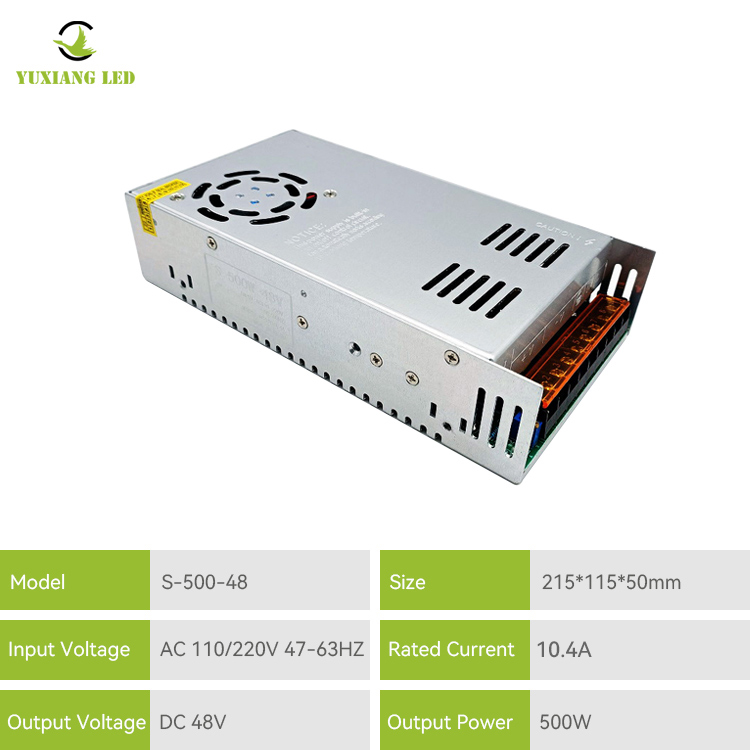What is a Switching Power Supply?
2025-02-20
A switching power supply (SMPS - Switched-Mode Power Supply) is an electronic power converter that efficiently regulates and converts electrical power. Unlike traditional linear power supplies, which use resistors to regulate voltage, SMPS rapidly switches transistors on and off to control power flow, improving efficiency and reducing heat generation.
How Does a Switching Power Supply Work?
A switching power supply follows these key steps:
1. AC to DC Conversion: The input AC voltage is rectified and converted into DC using a bridge rectifier and a capacitor.
2. High-Frequency Switching: The DC voltage is chopped into high-frequency pulses by a switching transistor.
3. Transformation & Regulation: The high-frequency AC passes through a transformer, which steps up or down the voltage as needed.
4. Rectification & Filtering: The transformed voltage is rectified back into DC and smoothed using capacitors.
5. Feedback Control: A feedback circuit adjusts the switching process to maintain a stable output voltage.

Advantages of Switching Power Supplies
- High Efficiency: Typically 80–90% efficient, significantly better than linear power supplies.
- Compact Size: Uses smaller components due to high-frequency operation.
- Lightweight: Reduced transformer size makes it ideal for portable devices.
- Wide Input Voltage Range: Can work with varying AC or DC inputs.
- Low Heat Generation: Minimizes energy loss as heat.
Types of Switching Power Supplies
1. AC-DC Converters: Converts AC mains power to DC output (used in computers, chargers).
2. DC-DC Converters: Converts one DC voltage level to another (used in battery-powered devices).
3. Isolated SMPS: Uses transformers for galvanic isolation (used in medical and industrial equipment).
4. Non-Isolated SMPS: Directly steps up or down voltage without isolation (used in LED drivers).
Applications of Switching Power Supplies
- Consumer Electronics: Mobile phone chargers, televisions, and gaming consoles.
- Industrial Automation: Motor controllers, PLCs, and power inverters.
- Medical Equipment: Imaging devices and laboratory instruments.
- Telecommunications: Base stations and network infrastructure.
- Aerospace & Defense: Radar systems and avionics.
Switching power supplies are essential in modern electronics, offering efficiency, reliability, and flexibility for various power applications.


